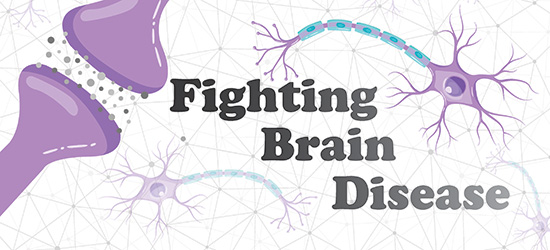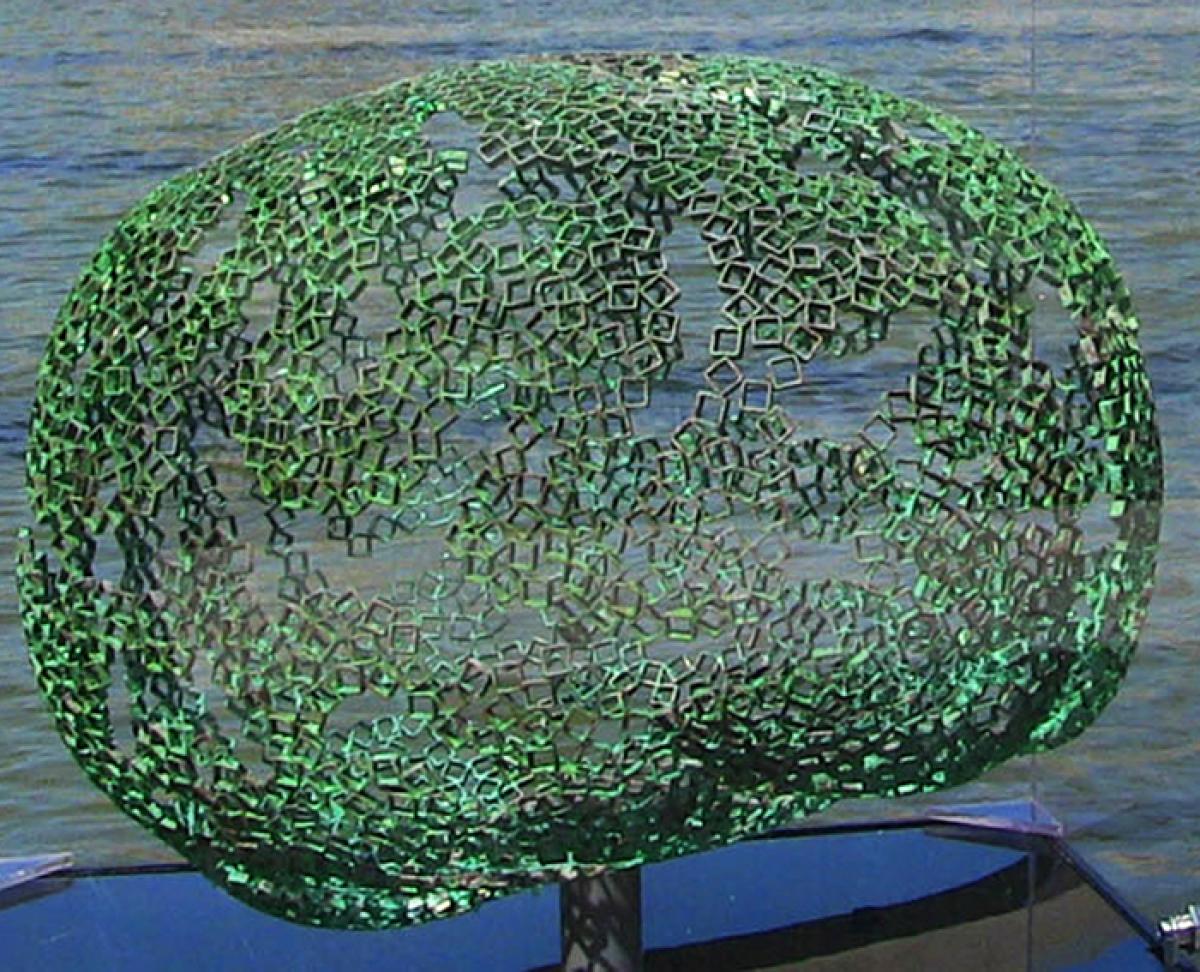
Illustrated by: Hannah Kalas

You’re walking to the grocery store, thinking of what you need to buy. Six things are on your list, and you repeat them a few times as you walk. A bicycle passes by, reminding you of the last time you went for a ride. You smile at someone walking in the other direction, and they smile back, which makes you feel good. All of these actions have a very big thing in common—they are all controlled by your brain.
Your brain is involved in everything you do. It stores and recalls your memories, it lets you move in coordinated ways, and it can make you feel happy or sad.
Imagine if you had trouble remembering or walking, or if you only ever felt sad. For many people, this becomes their daily life due to damage to the brain. You may have heard of diseases such as Alzheimer’s and Parkinson’s. People with Alzheimer’s often have trouble remembering recent events. They also struggle with planning and often get lost. With Parkinson’s, people have trouble controlling their body. Often they will experience “tremors” of their hands or head. These are some of the brain diseases that affect millions of people. And it is Jeffrey Kordower’s goal to discover ways to identify and treat such problems.
Diseases with a Related Cause
Neurodegeneration is all about the special cells in your brain. These cells, called neurons, carry out many important functions. The diseases are caused by the death of these neurons in different brain areas.

One of the more well-known illnesses is Alzheimer’s disease. It often starts with damage to the hippocampus, an area that helps you make and recall memories. It then often moves into areas of the brain involved in language and reasoning. Parkinson’s is caused by the loss of neurons in a brain region known as the substantia nigra, which helps to control movement.
One of the most important questions in the study of neurodegeneration is: what causes these neurons to die? Learning what causes these diseases and stopping it before it starts is often much easier than trying to reverse it. We have some hints that proteins are part of the problem. After the proteins are made, they tangle up and can almost choke neurons. What’s unclear is if this causes the death of neurons or if it’s something else. The Kordower lab studies how the number and types of proteins change due to Parkinson’s and Alzheimer’s. It’s unclear whether this is passed down from parent to child or if something in the environment plays a role.
How to Treat Brain Diseases

The top goal for Kordower is identifying the cause of these diseases. Another goal is helping those who already have it. There are many problems with trying to treat brain illnesses, one of which is the blood brain barrier. This barrier acts like a security guard, only letting certain things in while blocking others. Normally this protects the brain from bacteria and unwanted chemicals. However, many of the drugs that we create have trouble getting past the blood brain barrier. Kordower is using ultrasound to open up the cells of the blood brain barrier to get around this. If you can focus the ultrasound to a very small area of the blood brain barrier you can open up it up. Then you can sneak around the guards and get your drug where it needs to be.
Another key discovery that Kordower made is that these neurons can be replaced! Under the right conditions replaced cells can grow normally and form the same connections as the lost neurons. By moving these cells into the brain of Parkinson’s patients, they were able to restore some of their movement control. While problems can arise, with some more fine-tuning this may prove to be a reliable treatment.
Building A Brain Network
Trying to take on all of these questions requires more than one brain. Kordower wanted to bring together a group of scientists to tackle these problems. He is the first director for the Neurodegenerative Disease Research Center established by Barrow and ASU's Biodesign institute. As the founding director, he leads the direction and research goals of the center. He is hiring scientists who are experts on different issues in the study of these diseases.

One angle Kordower wants to explore is how the brain responds to inflammation. Usually inflammation helps protect your body from injury and germs. In the process some of your cells may die. However, most of the body can replace these lost cells. Brains, however, can’t recover those lost cells. Is the inflammation making brain disease worse or is it helping? This is just one of the many questions the center hopes to answer.
One of the goals Kordower has for the center is to go beyond the patients. He is concerned with how the caretakers of those with these diseases are impacted as well. Often the caretakers are the family of the patient, and they struggle with stress and depression. Scientists of the center are using software to try to reduce the stress of caretakers and improve their quality of life. Kordower hopes to reshape how we view neurodegeneration and how it affects the lives of those who it touches.
Additional images via Wikimedia Commons. Image of Brain Project sculpture by Sharon VanderKaay via Wikimedia Commons.
Read more about: Fighting Back Against Brain Disease
Bibliographic details:
- Article: Fighting Back Against Brain Disease
- Author(s): Christopher Albin-Brooks
- Publisher: Arizona State University School of Life Sciences Ask A Biologist
- Site name: ASU - Ask A Biologist
- Date published: 30 Nov, 2022
- Date accessed:
- Link: https://askabiologist.asu.edu/explore/brain-diseases
APA Style
Christopher Albin-Brooks. (Wed, 11/30/2022 - 23:08). Fighting Back Against Brain Disease. ASU - Ask A Biologist. Retrieved from https://askabiologist.asu.edu/explore/brain-diseases
Chicago Manual of Style
Christopher Albin-Brooks. "Fighting Back Against Brain Disease". ASU - Ask A Biologist. 30 Nov 2022. https://askabiologist.asu.edu/explore/brain-diseases
Christopher Albin-Brooks. "Fighting Back Against Brain Disease". ASU - Ask A Biologist. 30 Nov 2022. ASU - Ask A Biologist, Web. https://askabiologist.asu.edu/explore/brain-diseases
MLA 2017 Style

The Brain Project is an annual art exhibit in Toronto, where artists and influencers decorate or create a brain sculpture. The proceeds go to the fight against Alzheimer's and dementia. This brain was created with square pieces of metal by German sculptor Rainer Lagemann.
Be Part of
Ask A Biologist
By volunteering, or simply sending us feedback on the site. Scientists, teachers, writers, illustrators, and translators are all important to the program. If you are interested in helping with the website we have a Volunteers page to get the process started.
